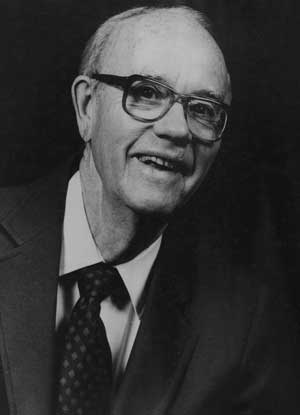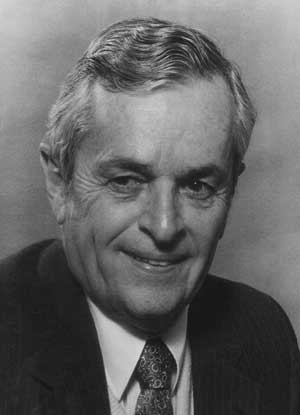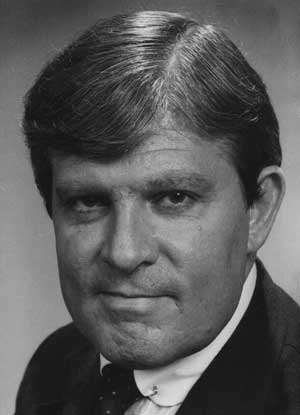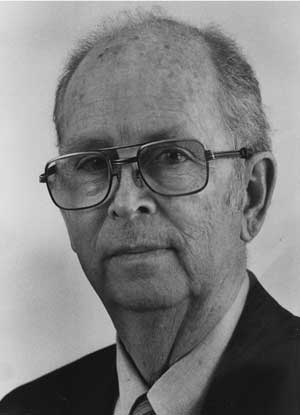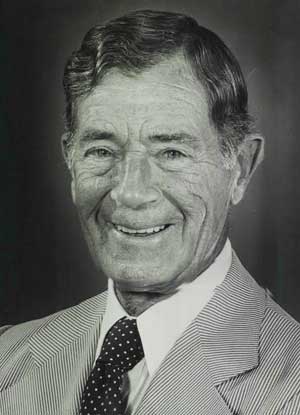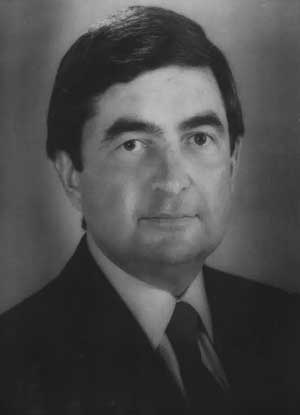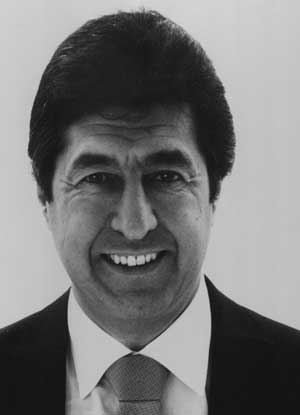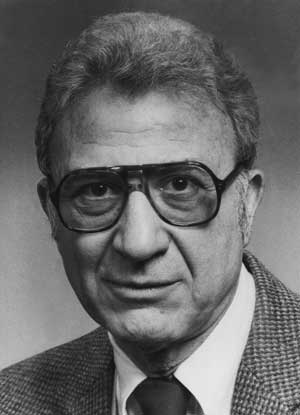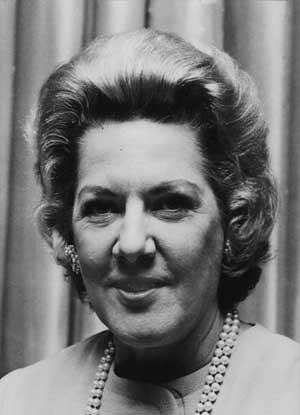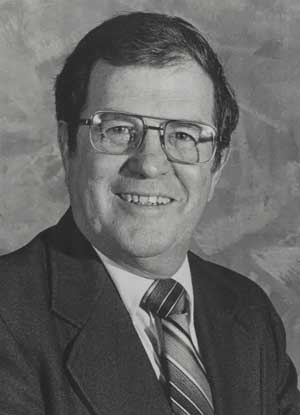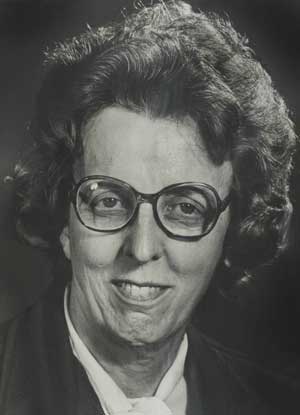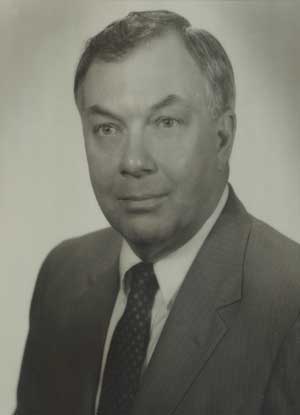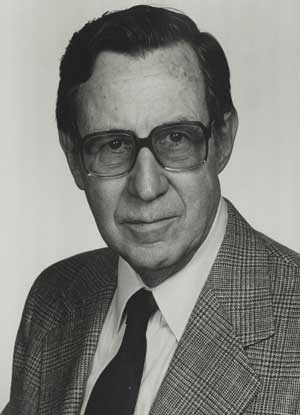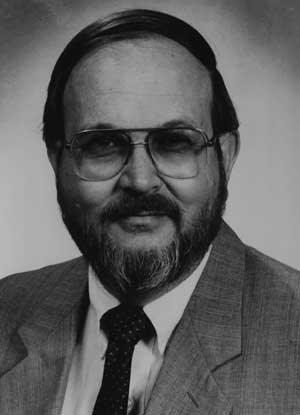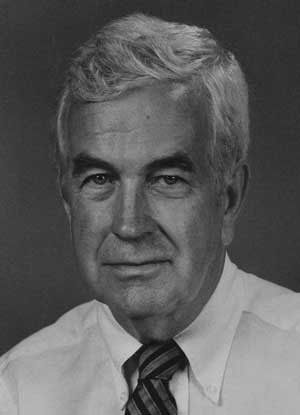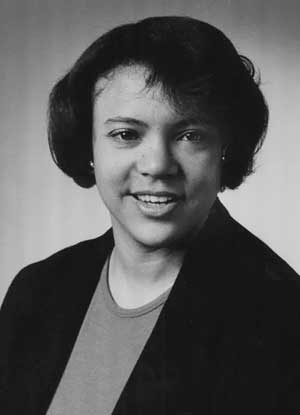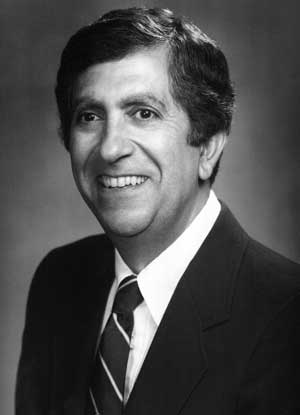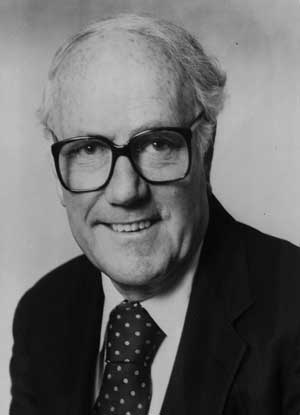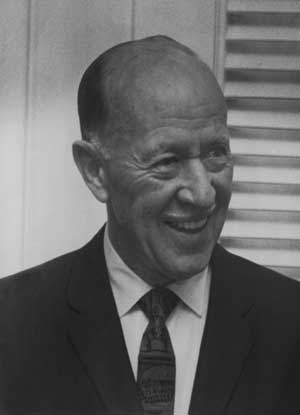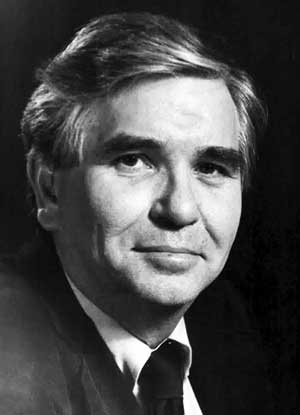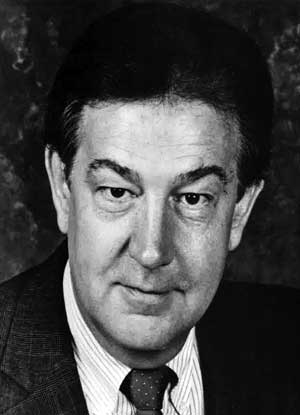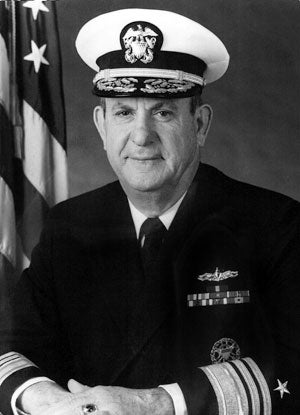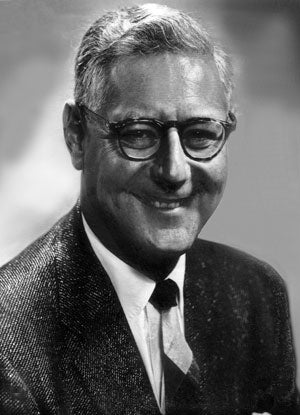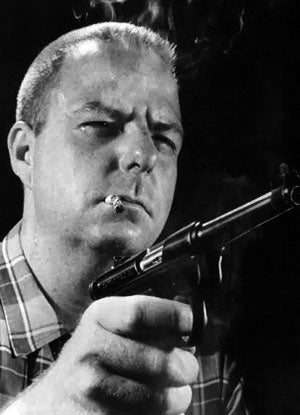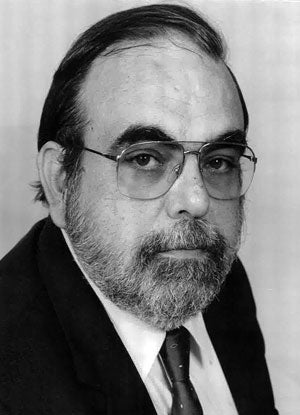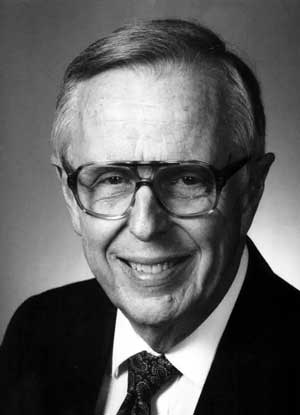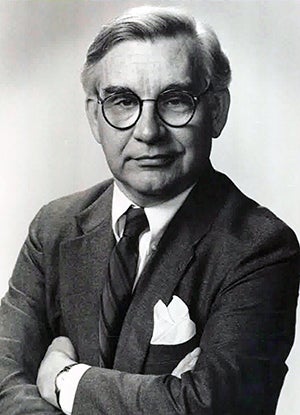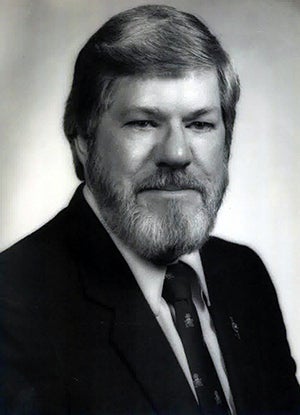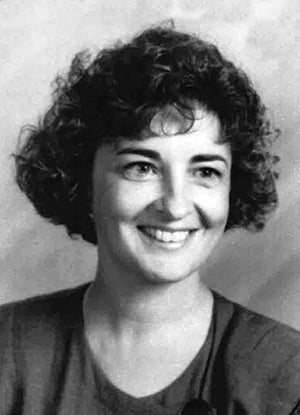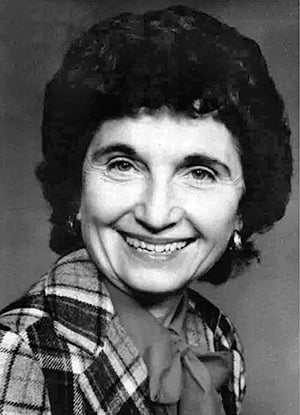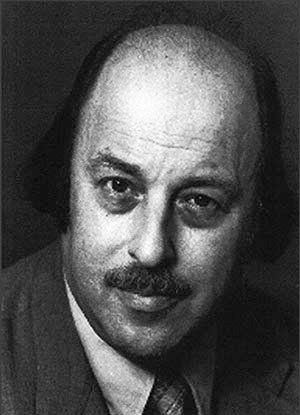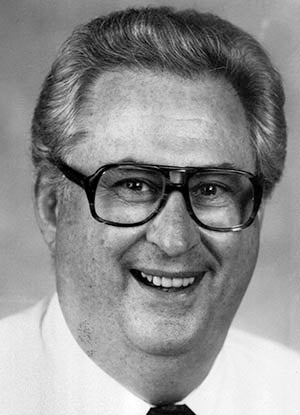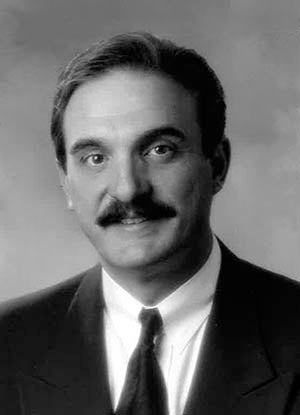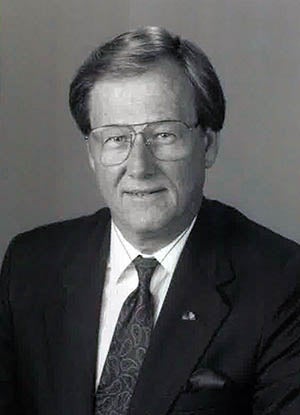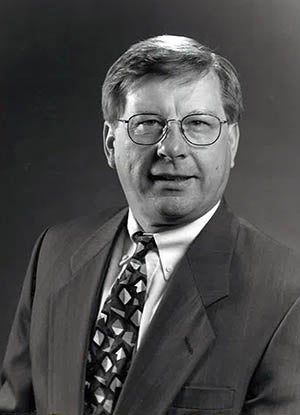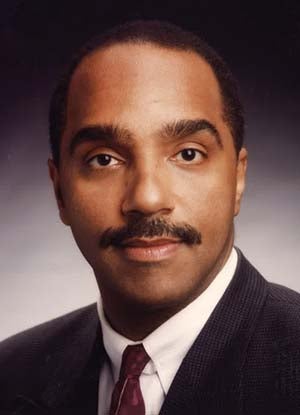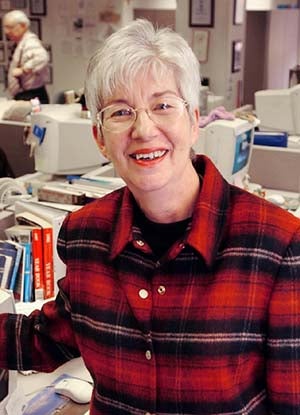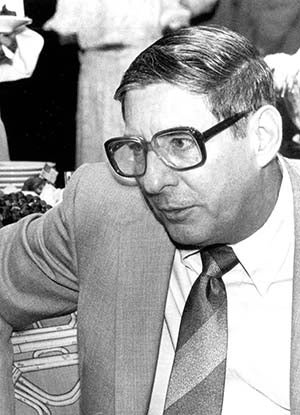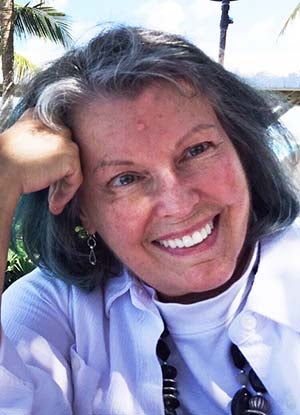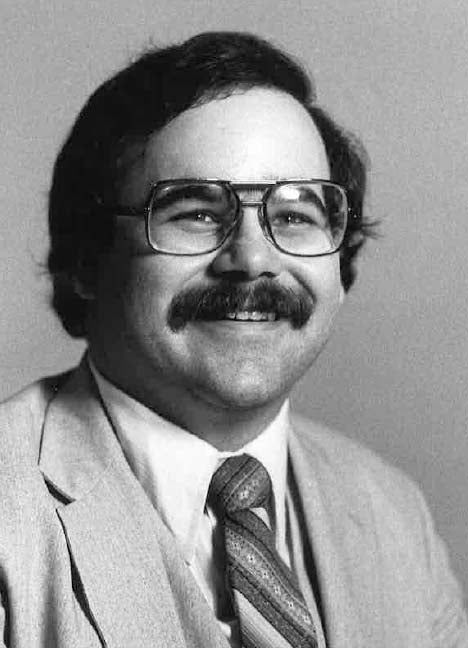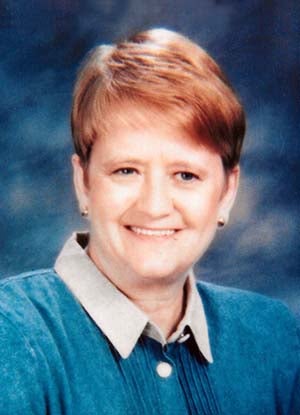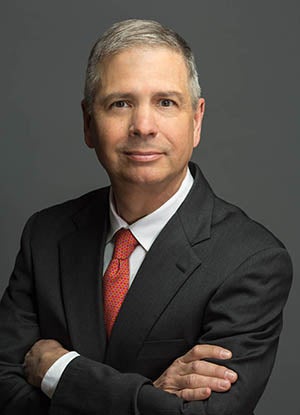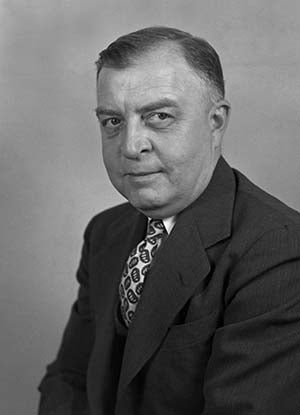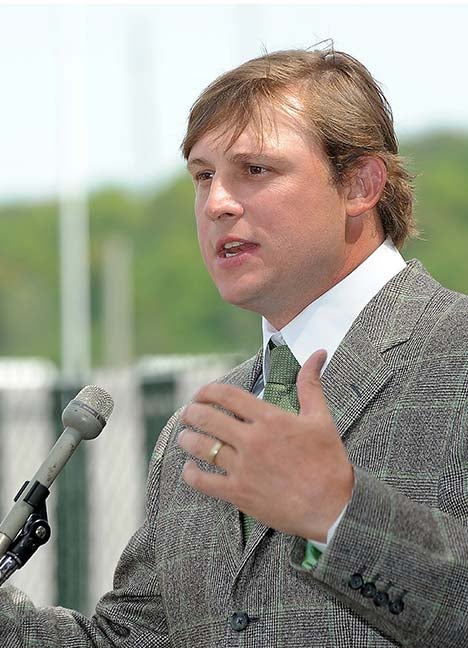The Hall of Fame was established in 1985 to recognize distinguished alumni and faculty of the program who have brought distinction to the school through their performance in any area of the industry represented in the W. Page Pitt School of Journalism and Mass Communications, whether locally, regionally, nationally or internationally. Nominations, selections and inductions are managed by the Journalism and Mass Communications Alumni Advisory Board. Nominees must have made a contribution to the profession, have made a positive impact upon the profession or through talent, treasure or activity, have made an outstanding impact upon Marshall University and/or the School of Journalism and Mass Communications.

First induction class 1985
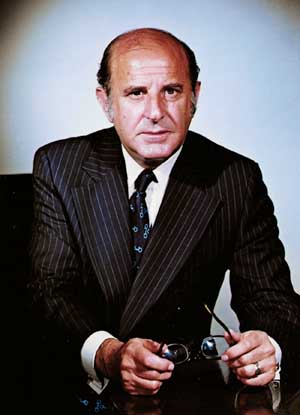
Marvin Stone
Class of 1947
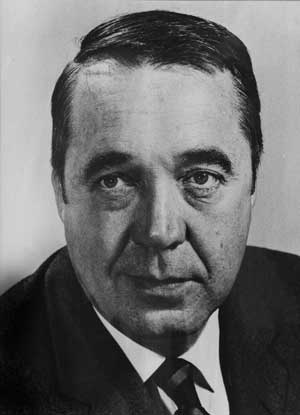
L. T. Anderson
Class of 1942
Jim Comstock
Class of 1934
Charles “Charlie” Connor, Jr.
Class of 1948
C. Donald Hatfield
Class of 1957
Dallas “Tex” Higbee
Class of 1939
Burl Osborne
Class of 1960
Ernest “Ernie” A. Salvatore
Class of 1948
Gay Pauley Sehon
Class of 1942
Paul Sierer
Class of 1951
Inducted 1986
Estelle “Bill” Belanger
Class of 1935
H. William “Bill” Chaddock
Class of 1955
Henry G. King
Class of 1937
Inducted 1987
Inducted 1988
Angela Dodson
Class of 1973
Norman G. Haddad
Classes of 1958 & 1975
Gordon C. Kinney
Class of 1941
Harold R. “Punk” Pinckard
Class of 1929
Dr. Ralph J. Turner
Class of 1967
Inducted 1989
Larry Ascough
Class of 1963 & 1966
Nelson Bond
Class of 1934
Paul D. Butcher
Class of 1953
Gene Kelly
Class of 1941
Charles “CT” Mitchell
Classes of 1953 & 1970
David A. Peyton, Sr.
Class of 1970
Inducted 1990
C. Bosworth “Bos” Johnson
Class of 1969
Inducted 1991
Inducted 1992
Ruby A. Dyer
Class of 1974
Elizabeth “Betty” Arrington Nichols
Class of 1944
Inducted 1993
Maurice Kaplan
Class of 1946
George Rorrer
Class of 1954 & 1962
Rex L. Repass
Class of 1976

Harry Wiley
Class of 1969
Inducted 1999
Bob Smith
Class of 1961
Inducted 2000
Roger Dyer
Class of 1971
Joe Johns
Class of 1980
Inducted 2002
Fran Allred
Class of 1964
Howard “Moo” Cochran
Class of 1952
Linda Grist Cunningham
Class of 1972
Wayne Faulkner
Class of 1972
Jane McCoy Hambric
Class of 1970
Marty Kish
Class of 1976
Clyde Wellman
Class of 1908
John Wilson
Class of 1972
Inducted 2016
Dr. Charles G. Bailey
Class of 1974 and 1985
Mike Cherry
Class of 1980
Jody Jividen
Class of 1981
James Chadwick “Chad” Pennington
Class of 2000
Pete Ruest
Class of 1997
Inducted 2017
Sean Callebs
Class of 1983
John Hackworth
Class of 1971
Susan Lavenski
Class of 1992
Chris Stadelman
Class of 1992
Dave Wellman
Class of 1975
Inducted 2021
Dan Hollis
Professor 1999 – Present
Susan Nicholas
Class of 1990
Tony Crutchfield
Class of 1982
Bill Bissett
Class of 1997
Chris Fabry
Class of 1982
Steve Cotton
Class of 1995
Brent Cunningham
Class of 1988
Jack Houvouras
Class of 1988
Mike Kirtner
Class of 1972
Virginia Sherlock
Class of 1970

